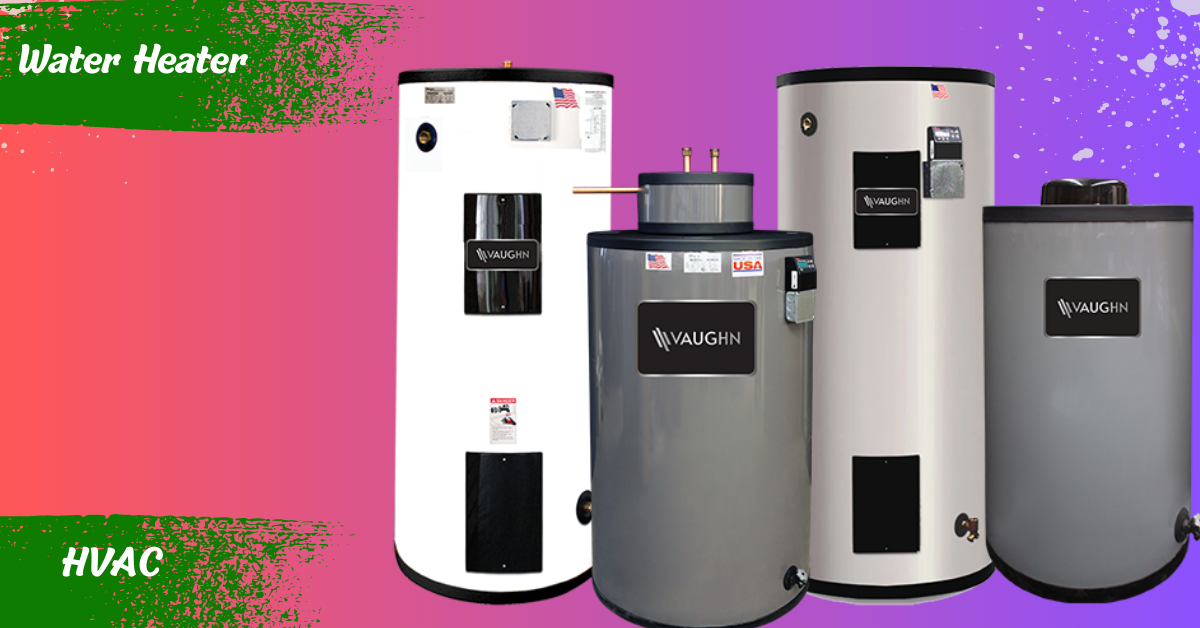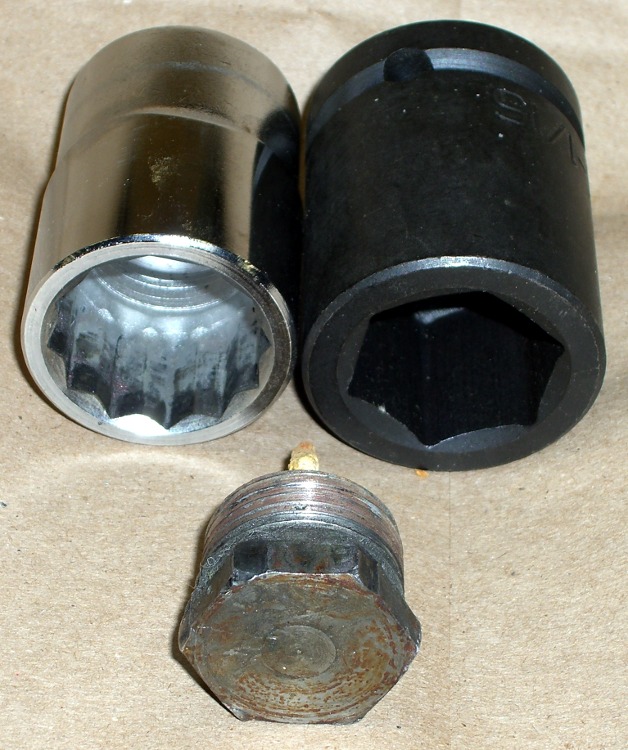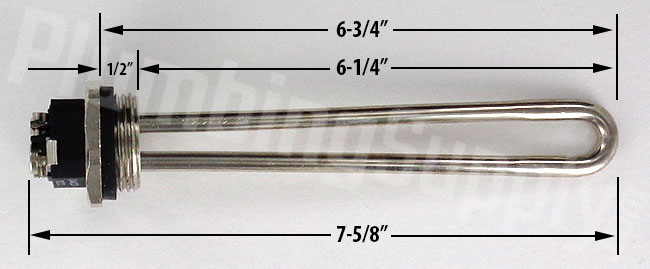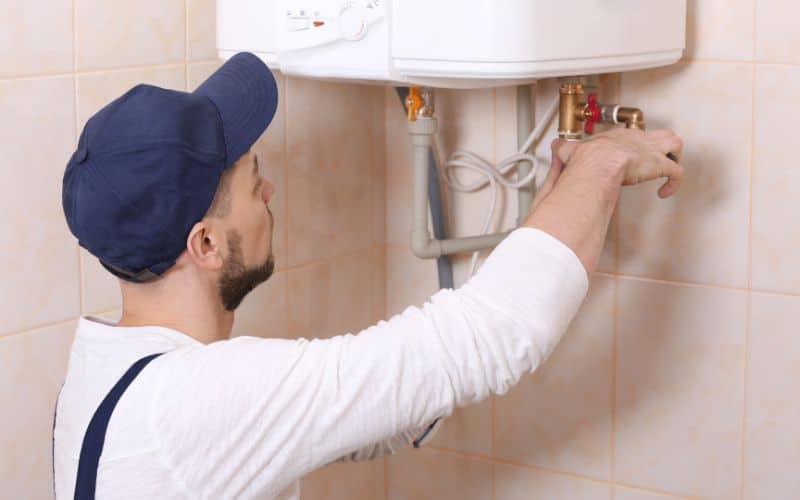What Size Socket Fits Water Heater Element
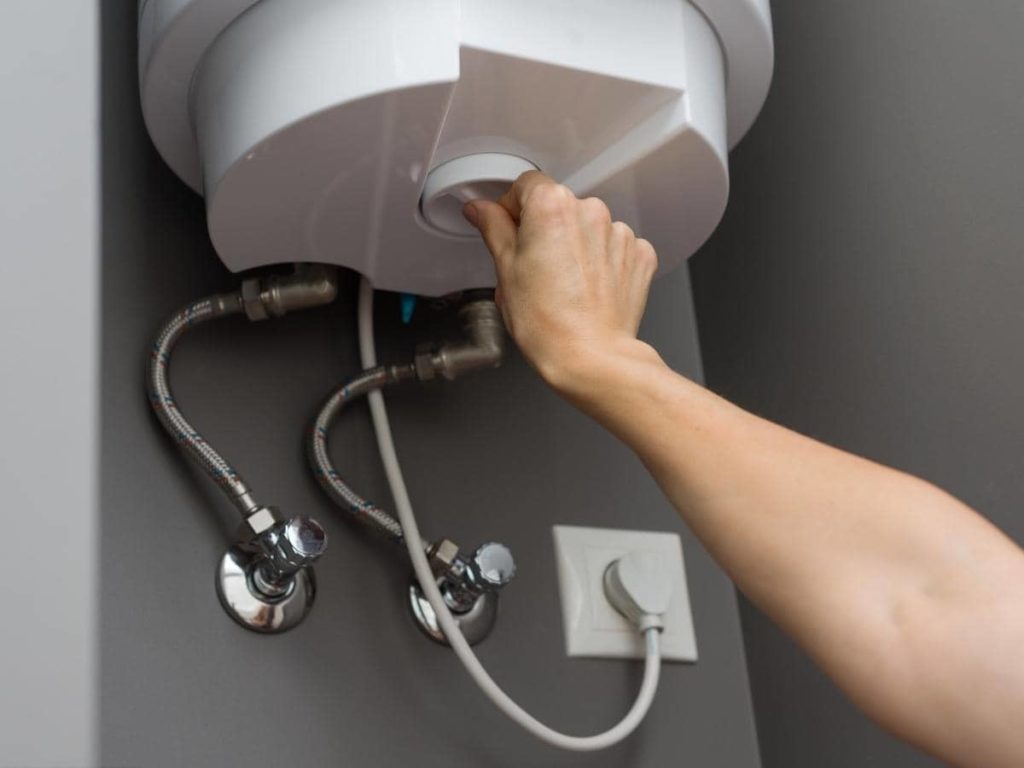
For homeowners facing a malfunctioning water heater, the prospect of a DIY repair can be both empowering and daunting. Among the initial challenges is identifying the correct tool for the job, specifically, the size of the socket needed to remove and replace the heating element.
The correct socket size for a water heater element is crucial for a successful repair. Using the wrong size can damage the element, the tank, or even the tool itself, potentially leading to more extensive and costly repairs. This article aims to clarify the standard socket sizes required for water heater element replacement, offering practical guidance for homeowners and DIY enthusiasts.
Understanding the specific socket size needed for your water heater element is essential before attempting any repair. This knowledge prevents damage and ensures a safe and efficient replacement process. The most common socket sizes for water heater elements are 1 1/2 inch and 1 1/2 inch, but variations do exist.
Identifying the Correct Socket Size
Several factors determine the correct socket size for your water heater element. These include the make and model of the water heater, the type of element (screw-in or flange-type), and even the manufacturing date.
Consulting the Water Heater's Manual
The most reliable source of information is the water heater's owner's manual. The manual often specifies the exact socket size required for element replacement. Look for sections detailing element maintenance or replacement procedures.
If the manual is unavailable, manufacturers' websites frequently offer digital versions. Simply search for your water heater model number online to access the manual.
Checking the Existing Element
If the manual is not available, you can visually inspect the existing heating element. If you're replacing a faulty element, carefully remove it (after safely disconnecting power and draining the tank) and measure the diameter of the element's head.
A socket must fit snugly around this head. However, this method requires caution and proper safety precautions.
Using a Universal Socket
A universal socket, or adjustable wrench, can be used in a pinch. However, these are not recommended as a primary tool. They may not provide the secure grip needed and can potentially damage the element.
A dedicated socket provides a more secure and reliable connection, minimizing the risk of damage.
Why the Right Socket Size Matters
Using the incorrect socket size can lead to several problems. Overtightening or stripping the element's threads are common occurrences.
Damage to the tank itself is also possible, potentially leading to leaks and requiring a complete water heater replacement. A loose connection can also cause electrical arcing, presenting a fire hazard.
Safety is paramount when working with electrical appliances and water. Always disconnect the power supply to the water heater at the circuit breaker before attempting any repairs. Drain the tank to prevent scalding water from escaping when the element is removed.
The Impact on DIY Repairs
For homeowners attempting DIY water heater repairs, identifying the correct socket size is a critical first step. It allows them to proceed confidently. It also minimizes the risk of damaging the unit.
Incorrect tool use can quickly turn a simple repair into a costly problem requiring professional intervention. It is important to research and prepare thoroughly.
Seeking Professional Assistance
While many homeowners successfully replace water heater elements themselves, some situations warrant professional assistance. If you're uncomfortable working with electrical components or plumbing, or if you encounter any unexpected difficulties, consult a qualified plumber or electrician.
Professionals have the experience and expertise to diagnose problems accurately and perform repairs safely and efficiently. They can also ensure compliance with local building codes.
Remember, electrical work can be dangerous. Never hesitate to seek professional help when in doubt.
Conclusion
Determining the correct socket size for a water heater element is a fundamental aspect of successful DIY repair. Consulting the owner's manual, inspecting the existing element, and prioritizing safety are essential steps.
While universal sockets can offer a temporary solution, using a dedicated socket of the correct size is always recommended. By taking the time to identify the right tool for the job, homeowners can save time, money, and potential headaches, ensuring a safe and effective water heater repair.
Ultimately, if you're unsure about any aspect of the repair process, seeking professional assistance is always the safest and most prudent course of action.
:max_bytes(150000):strip_icc()/replace-the-heating-element-water-heater-1824886-hero-2aab79f3803d419294e664b733414e38.jpg)
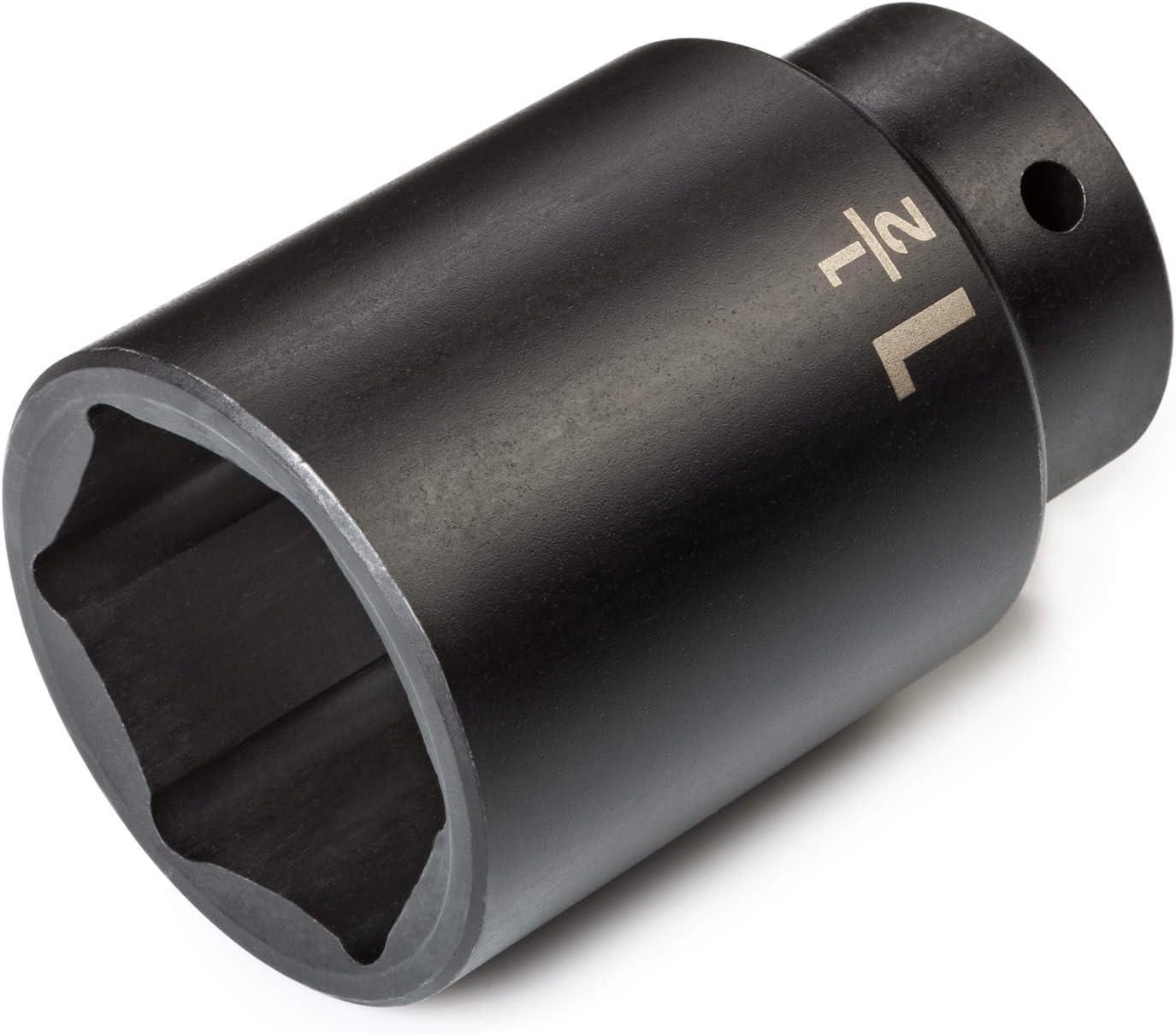



:max_bytes(150000):strip_icc()/replace-the-heating-element-water-heater-1824886-07-f037e7ba55b14c1788807f262e55bf69.jpg)
